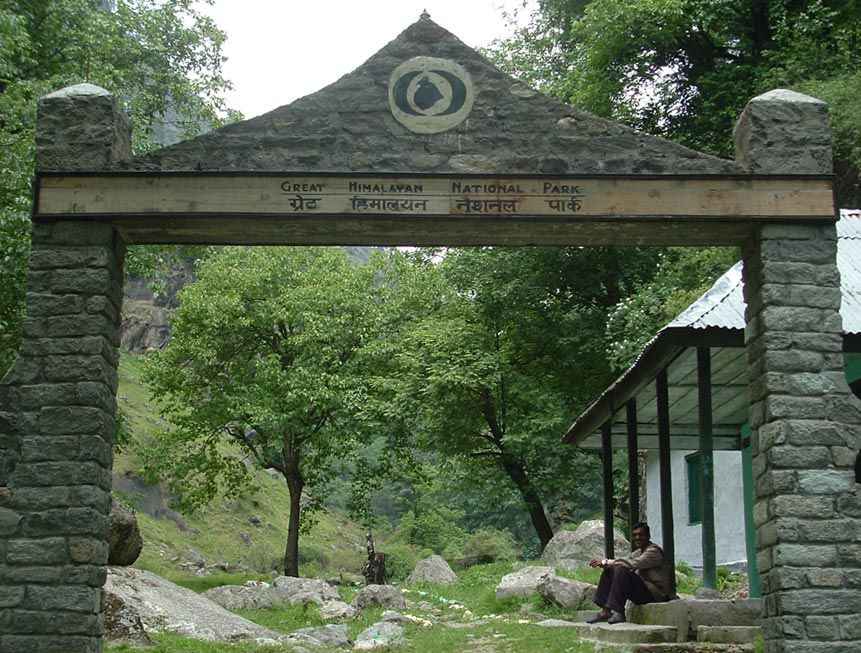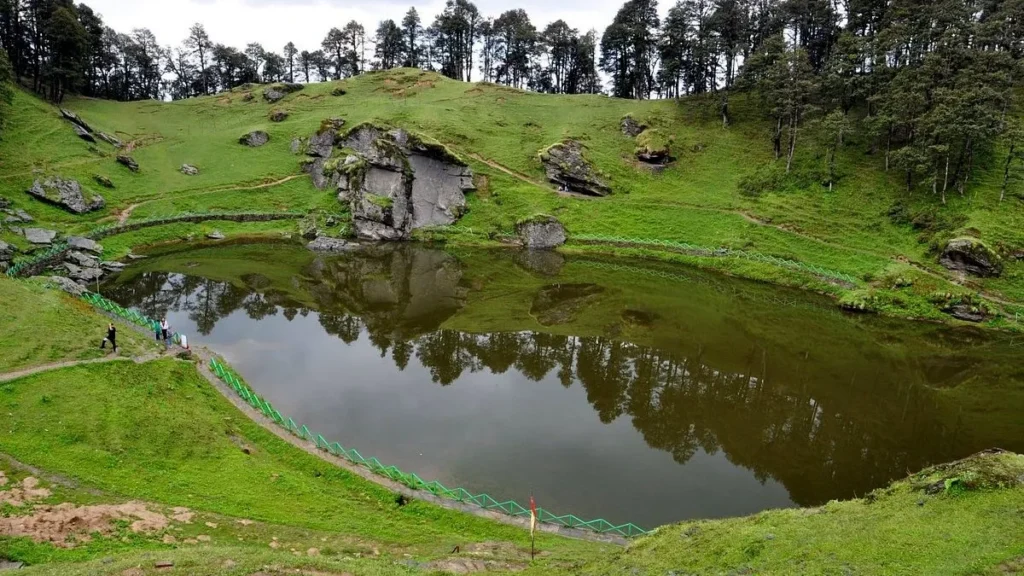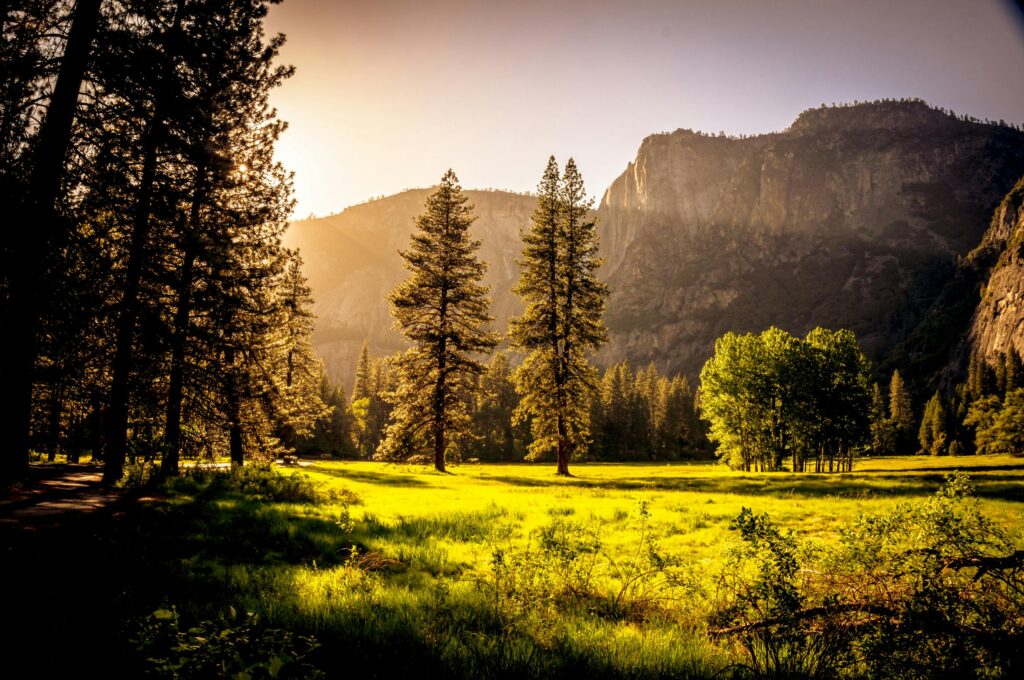Let’s escape the usual buzz of Himachal Pradesh for a moment. Yes, Manali is magical, Shimla is charming, and Dharamshala is divine. But tucked deep into the mountains of Kullu district, there lies a place that whispers, not shouts — a place where the rhythm of nature replaces the honk of traffic. Welcome to the Great Himalayan National Park (GHNP) — a UNESCO World Heritage Site and one of India’s most pristine natural sanctuaries.
This isn’t just a destination — it’s a feeling. A deep breath. A reset button.

🌿 Where is the Great Himalayan National Park?
Nestled between the Banjar, Sainj, and Tirthan valleys of Himachal Pradesh, the Great Himalayan National Park spans over 1,171 square kilometers, at altitudes ranging from 1,500 to 6,000 meters. That’s a whole lot of wild, untouched Himalayas.
Declared a national park in 1999 and a UNESCO World Heritage Site in 2014, GHNP is not your average touristy getaway. It’s a haven for trekkers, nature lovers, and those who seek serenity in raw wilderness.
🌲 Why Visit GHNP? More Than Just Pretty Landscapes
1. Raw, Rugged Beauty
This isn’t your manicured garden or selfie-point hill station. GHNP is rough around the edges, and that’s the charm. Think dense pine forests, icy rivers, alpine meadows, and snowy ridgelines that look like oil paintings come to life.
2. A Biodiversity Paradise
This park is home to:
- 375 species of fauna, including rare animals like the snow leopard, Himalayan brown bear, musk deer, and blue sheep (bharal).
- Over 180 bird species, including the Western tragopan (Himachal’s state bird).
- Medicinal herbs, wildflowers, and over 800 plant species.
It’s no wonder scientists and researchers are often spotted here, binoculars in hand, looking like Indiana Jones with a clipboard.
3. Less Crowd, More Soul
The number of tourists is intentionally limited to protect the ecosystem. That means no noise, no pollution, and no chaos. Just you, nature, and a lot of moments that feel like poetry.

🥾 Treks and Trails Inside GHNP
Now let’s talk about the real adventure: trekking.
There are four main valleys inside the park — Tirthan, Sainj, Jiwanal, and Parvati — each offering its own flavor of thrill and tranquility.
🔹 Tirthan Valley Trek
- Duration: 4–7 days
- Highlights: Serolsar Lake, waterfalls, alpine pastures, and rustic Himachali villages.
- Difficulty: Moderate
This is the most popular trek, thanks to its stunning campsites and bird-watching spots.
🔹 Sainj Valley Trek
- Duration: 3–5 days
- Highlights: Barshangarh waterfall, Raktisar Glacier, and traditional wooden temples.
- Difficulty: Easy to moderate
Perfect for first-time trekkers or those who want a gentler pace.
🔹 Raktisar Glacier Trek
- Duration: 6–9 days
- Highlights: Snowfields, meadows, glacial rivers
- Difficulty: Challenging
Not for the faint-hearted, but oh, the views!
🛖 Local Life and Culture
What makes GHNP even more special is the cultural richness surrounding it. Villages like Gushaini, Pekhri, and Sainj have preserved their traditional ways of life. Wooden homes, slow rhythms, smiling locals, and kids playing in apple orchards — it’s like stepping back in time.
If you’re lucky, you might witness local fairs (melas) where gods are carried in beautifully decorated palanquins, traditional music fills the air, and food is shared like a blessing.
🧘♀️ Ideal for Soul-Seekers, Not Just Hikers
GHNP isn’t just for adrenaline junkies. It’s for:
- Writers and creatives seeking inspiration
- Nature photographers
- Solo travelers looking for peace
- Couples craving a quiet escape
- Wellness seekers and yogis
Just sitting by the Tirthan river with a journal or meditating in a forest clearing can be life-altering.
🧭 How to Reach Great Himalayan National Park
- Nearest town: Banjar (about 50 km from GHNP entrance)
- By Air: Nearest airport is Bhuntar (Kullu) – approx. 60 km away
- By Road: Well-connected by buses and taxis from Delhi, Chandigarh, and Shimla
- Best Entry Points: Gushaini and Neuli villages
📅 Best Time to Visit
- Spring (March to June): Ideal weather, blooming flowers, wildlife spotting.
- Autumn (September to November): Clear skies, cool weather, great for trekking.
- Avoid monsoons (July-August): Heavy rains can make trails slippery and unsafe.
- Winters (December-February): Snowfall turns GHNP into a fairyland but many trails are inaccessible.
🌱 Sustainable Travel Tips
GHNP is a fragile ecosystem. Your visit should leave no trace. Here’s how:
- Avoid plastic (carry your own bottles and containers)
- Stick to designated trails
- Don’t disturb wildlife or pick plants
- Respect local customs and dress modestly
- Carry your waste out of the park
Your care keeps this paradise protected for generations to come.
🏕️ Where to Stay
Since staying inside the core area of GHNP is not allowed, you’ll find charming homestays, eco-lodges, and campsites in nearby villages.
Some traveler favorites:
- Raju Bharti’s Guesthouse, Gushaini
- Tirthan Valley Camp
- Khem Bharti Homestay
Each offers a blend of comfort, local cuisine, and mountain hospitality that warms your heart.
🔚 Final Thoughts: Not Just a Park, But an Experience
In a world where destinations are becoming hashtags, the Great Himalayan National Park remains refreshingly real. It’s a place where your Wi-Fi doesn’t work, but your soul connects better than ever. It doesn’t entertain you; it transforms you.
So pack your rucksack, silence your phone, and let the forest speak. You might just return with more than pictures — maybe a new perspective, maybe peace, maybe both.

